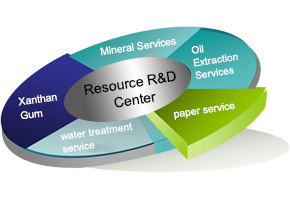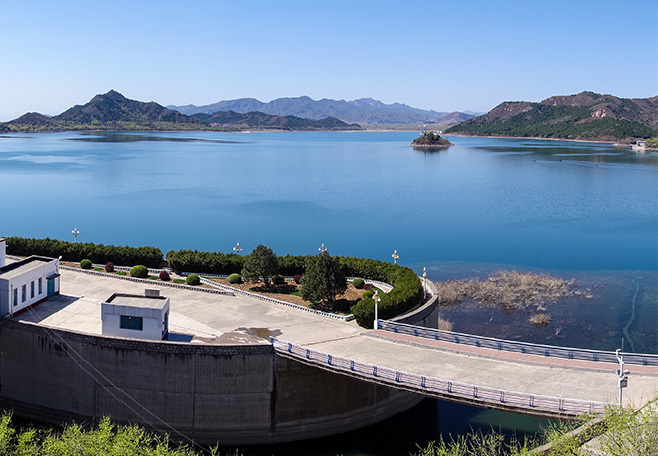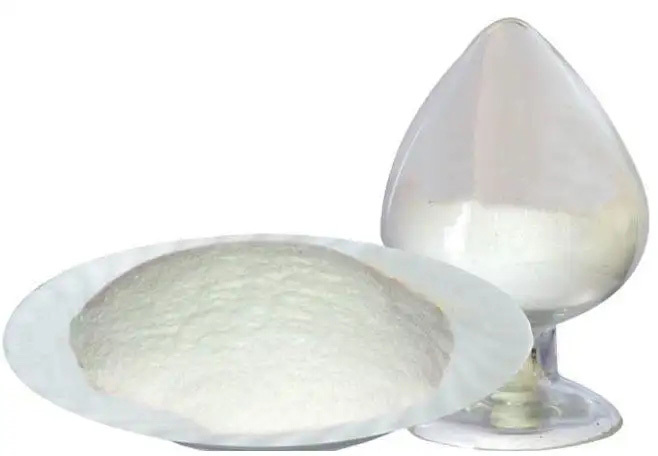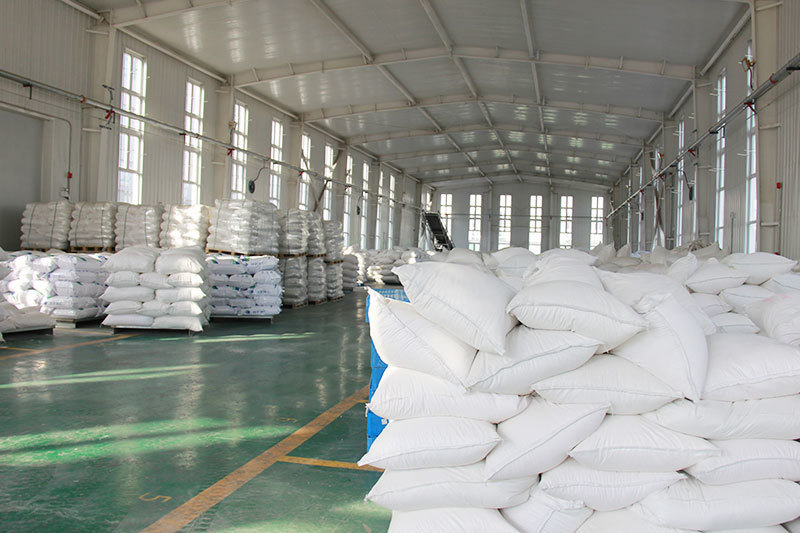Water Pollution Control Measures
Release Time:
Jul 26,2022
The amide group of polyacrylamide can form hydrogen bonds through affinity and adsorption with many substances. Relatively high molecular weight polyacrylamide forms bridges between the adsorbed ions to form flocs and accelerate the sedimentation of particles.
The amide group of polyacrylamide can form hydrogen bonds through affinity and adsorption with many substances. Relatively high molecular weight polyacrylamide forms bridges between the adsorbed ions to form flocs and accelerate the sedimentation of particles. Compared with traditional inorganic flocculants, it has many varieties, can adapt to various conditions, small dosage, high efficiency, less sludge and easy post-treatment.
The right medicine is needed for different quality of sewage, which depends on factors such as the acidity of the sewage, chemical substances, pollutants, and sewage charge. Adding polyacrylamide to sewage can flocculate to form flocs. Furthermore, polyacrylamide can react with water to form insoluble hydroxides that act as precipitations, and these hydroxides link together to form a network that captures small particles to form larger flocs. The resulting flocs either float on the surface of the liquid or sink to the bottom. The flocs in both cases are easily filtered or removed.
Key words:
What Else Might You Learn?












